Mile-and-a-half-high wave pool on the equator? Yes it’s happening
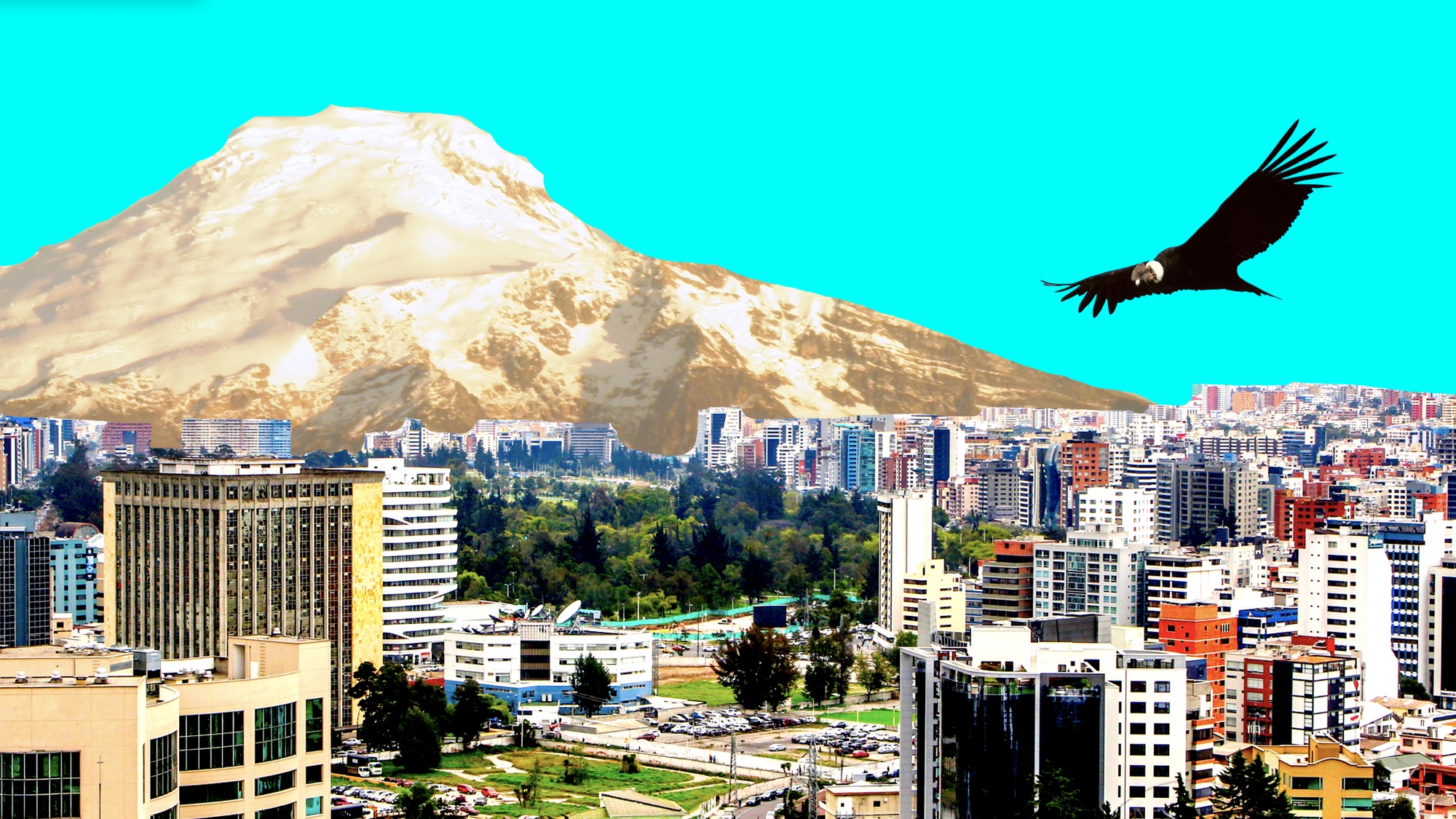
Olas, an Ecuador-based company announced this week they have funded the last phase of their full-size flume test and will begin construction on a full-scale wave pool. The project joins a handful of other wave pools from different technologies planned for South America. But several factors set Olas apart from other global ventures at the moment. For one, it will be built at an elevation of 9,000 feet on the equator in the capital city of Quito.
But the part that stokes our inner pool nerd is that it’s a totally new technology with a long and storied past that includes a British physicists’ attempts to bring it to market (more on that later.)
Olas says their system can produce waves up to two meters in height by stacking modules to fit any desired size or budget of surf park. According to the company, their first pool will hit the two-meter wave height but there are plans to go bigger in the future and produce 3.5-4.5 meter waves delivered as rights, lefts or both at the same time. The company claims that the cost of their wave park would be much less than what is on the market at the moment.
The company got our attention with the tag “Wave-Master system has no compressed-air systems, hydraulics or pneumatics.” In today’s market, most of the players operate through some type of air-compression, except for the foil plows such as Kelly’s or the multiple water-pushing levers within Wavegarden’s Cove system. It turns out that Olas is similar to Cove wave-generation with differences on the patent-level of things.
The first waves for this system began in 2009 when a British physicist named John Baxendale aired a “Search for the Perfect Wave” video series and Kickstarter effort exploring his technologies. He experimented as time allowed and in 2014 patented the system. Then in 2018 South American surfer/entrepreneur Diego Andres Cornejo Rodriquez saw the potential of John’s wavemaker and purchased the intellectual property to create the Olas company. We spoke with Diego to find out about his project to bring surf to Quito, the technology behind it and how being investor-savvy and a great inventor don’t always go hand-in-hand.
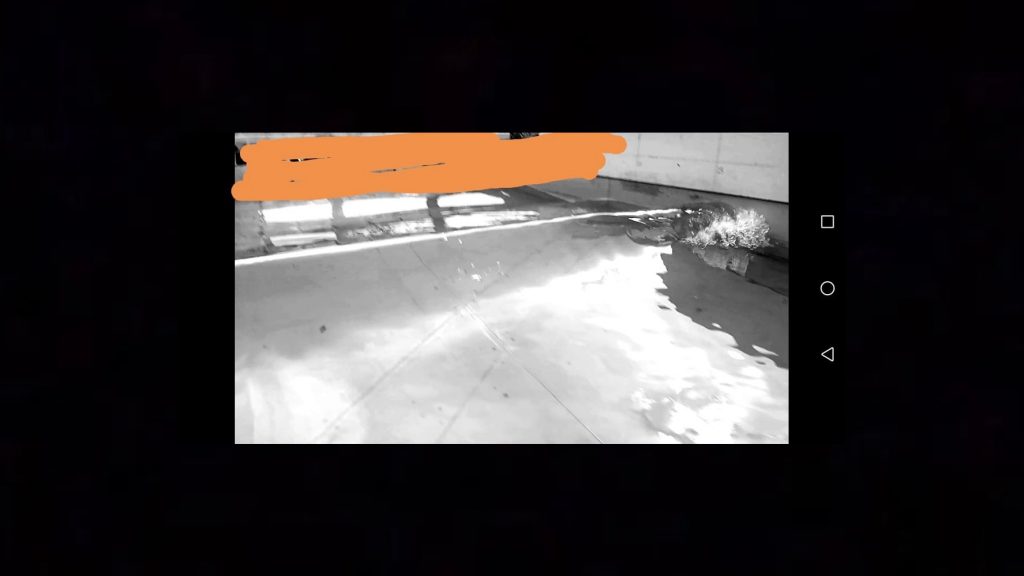
What is your surfing background Diego?
I am Ecuadorian, but I grew up surfing in Lima as we moved to Peru for 10 years because of my dad’s job. When I was 16 we returned to Quito, Ecuador’s capital located in the mountains at 9,350 feet above sea level, and surfing suddenly was over for me. It became just a holiday activity. In order to surf I had to convince my family to drive for seven hours, pay for accommodations, and go to remote beaches only to find that most times the swell conditions were simply not there. And the interests of my parents and brothers were completely different from surfing. So my surfing passion slowly decreased and was almost extinguished. I started playing tennis and composing music instead, besides attending college and starting my professional life. Surfing was left there as something repressed inside me. Then I got married, had two kids, and as soon as I could we bought a house on the beach, near waves. 20 years had passed and I had to buy me a 7 feet board to get back into surfing. So when surf parks started to show up in the world, I felt an inner call. Surfing perfect waves without the downside of the lack of swell, and in the mountains! It became a life purpose for me.
Tell us about the technology’s original inventor John Baxendale
John Baxendale started his Search for the Perfect Wave (name of his video series) in 2009. 2014 is the year in which he was finally satisfied with his Wavemaster technology. He tried several technologies, applying rigorous scientific methods that are not often seen anymore. John might not even publish this in his LinkedIn account or CV but he won three Science Queen Awards for his inventions and scientific novelties. Surfing being his life passion, he committed himself to create the perfect wave. It was trial and error with different materials, approaches, motors. Lots of money and time invested. He was very tough on himself to observe the particle behavior of water in wave formation and he wouldn’t settle until his technology would create laminar flow waves (Note: in fluid dynamics, laminar flow follows a smooth path rather than a turbulent one). Then he tried to get investors involved as well as an engineering company to develop his plans but, as he puts it himself, one thing is being a scientist and another completely different being a marketer or salesperson. He wasn’t successful in many attempts. Then John created a series of five videos about the Wavemaster technology basically revealing many of his findings that I am sure nurtured many of the other players.
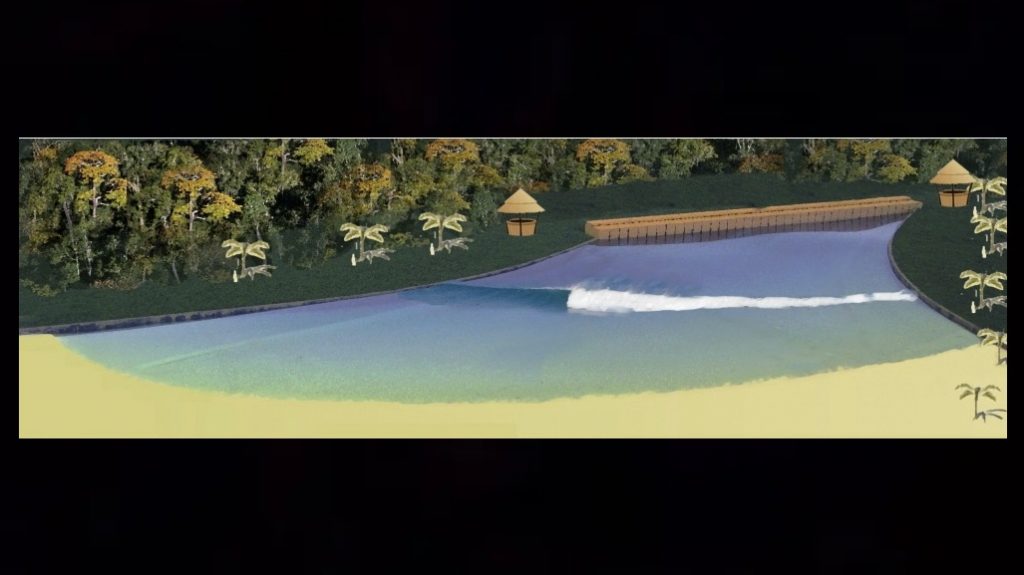
How did you come to discover Wavemaster?
I toured the different technologies, amazed at what was possible. I even went to BSR in Waco Texas to try it myself! I even enlisted to invest in one of the technologies that were offering angel capital investments back then. But I was also completely devastated when I heard how much these technologies cost. I started surfing the internet looking for something that could save what was slowly becoming my life project and that is how I found John and his videos. I called him. And after two months of speaking and writing almost every day, I decided to use my life savings to purchase his technology. My kids and my wife weren’t difficult to convince. John’s scientific and gentle mind truly amazed me and I had no doubt that the only reason he was selling his beloved life’s work was that he had retired after he developed Parkinson’s disease. As of today, John is still acting as an advisor to the project. At 77, he still dreams of one day surfing the waves he so passionately created.
What was the next step in your venture?
We immediately formed a team of engineers/partners to develop the technology. The engineering plans were hired, and then we decided to build a 1:10 scale testing facility. From then on it has been all tests, improvements, errors, more improvements, change of materials, etc. We are always amazed at John’s technology but also at the unbelievable feeling of discovering its versatility. The technology being modular, we could tweak many variables to either create perfect waves or emulate the imperfection of the waves in the sea. Once the waves were there, we decided to call our project Olas (means “waves” in Spanish). Even though the technology came from a British scientist, we take pride in the amazing work done by our engineers in Ecuador and in it being probably the first surf technology engineered in South America. That’s why we decided on a Spanish name.
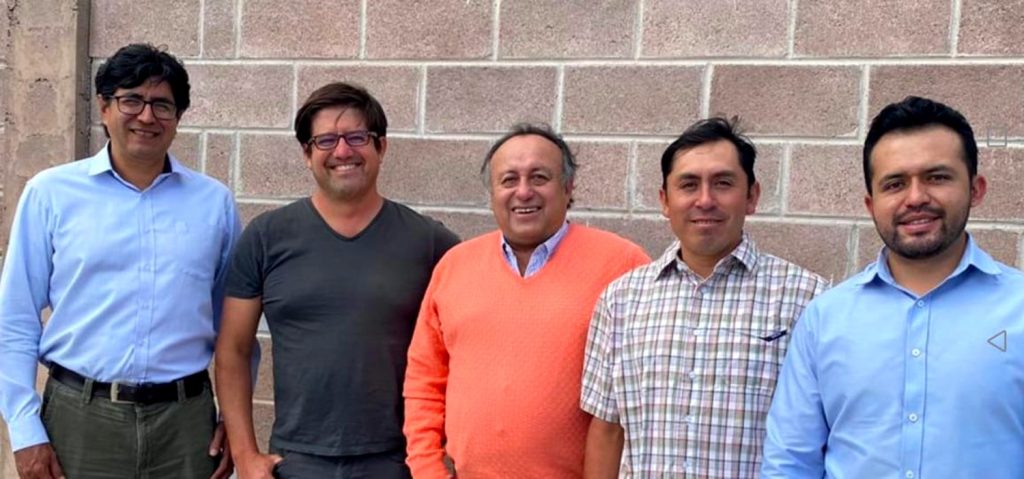
Has the technology changed much since 2014?
Yes and no. It is still the same as the original concept but in terms of engineering, it has had many developments and changes that have improved its performance. It is basically a mechanism of pushing water like Wavegarden’s Cove. The way we push it is different, mainly affecting positively the laminar flow of surfing waves. The energy consumption is very low. Waves can be as long as the budget allows and can grow in size using stackable larger modules. Spilling or plunging waves to meet different surfing “cultural” needs, advanced, intermediate or beginner levels. The engineering needed, when compared to other electromechanical projects, is fairly simple, robust, and works very well with very little maintenance.
Can you tell me what the wave frequency is?
The wave frequency is already one wave every 12 seconds but most likely we will be able to go down to one wave every 9 seconds after we get results from our chop mitigation research.
Does it need a square, diamond or specific-shape pool?
It doesn’t need a specific shape. We can actually adapt to different shapes of the land. It can be a triangle, a rectangle, a diamond, or even a circle with 4 split peaks just like Surf Lakes but in a different structure configuration.
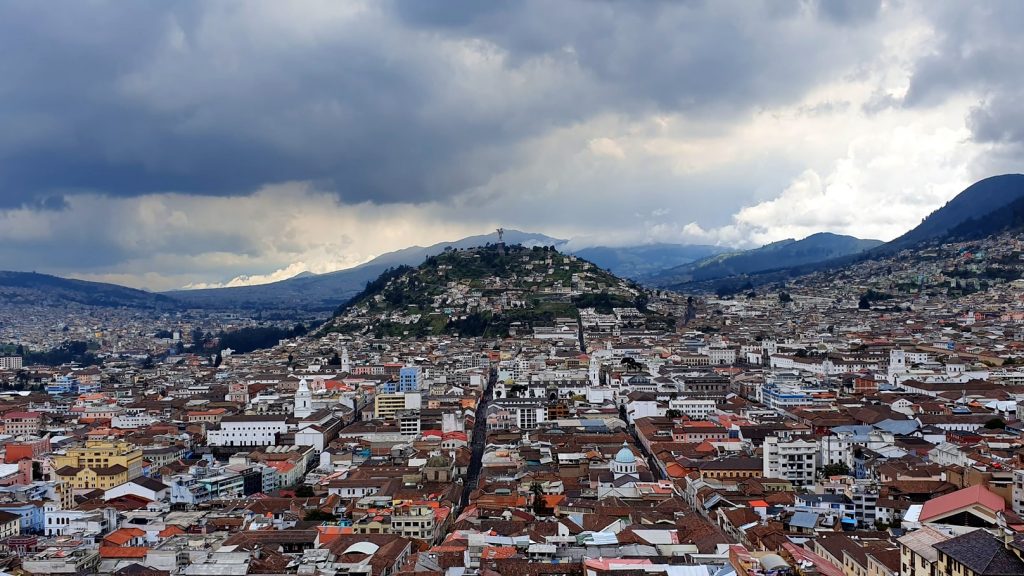
What about bathymetry, so you have to make reefs like with Surf Lakes?
We have tested dozens of reef bathymetry configurations and our pools have reefs but it doesn’t depend on it, just like Surf Loch in Palm Springs. Since our technology is modular and can be played like a piano, it can also work in some pool configurations without the reef.
What’s next?
Having reached this stage we are now looking for investors. Our vision is to take surfing everywhere. We envision finding a partner that would like to become a wave pool developer, just as some are emerging these days. We could also partner with local groups interested in having a surf park in their town or city that already have the land and can build their park paying a fraction of what the normal technology licensing fees are today. For instance, our technology allows a smaller pool for only rights or only lefts, with fewer modules and shorter riding time (let’s say 10 seconds) and then grow to the full rights and lefts concept or even a split peak.
What is the timeline for your first wave park in Quito?
We are working hard to put together all permits and resources available along with a loan and some funds that we are getting from local investors so we can open our first Olas Surf Park in late 2021. It’s called Quito Surf Park (QSP). The facility will include a two-hectare wave pool offering surf sessions for advanced, intermediate and beginner surfers. Glamping domes will be available for lodging, complemented by a restaurant, beach bar and cafeteria, and a surf shop with rental options. Surfing classes will also be available. The park will be built in a nature-surrounded location, very close to Quito, and minutes from the international airport, in a beautiful valley east of the Ecuadorian capital. The wave pool will have a capacity of 672 one-hour sessions per day and will be open 14 hours every day. It will offer perfect, 1.80m high waves with 16 seconds duration.
Related Coverage
